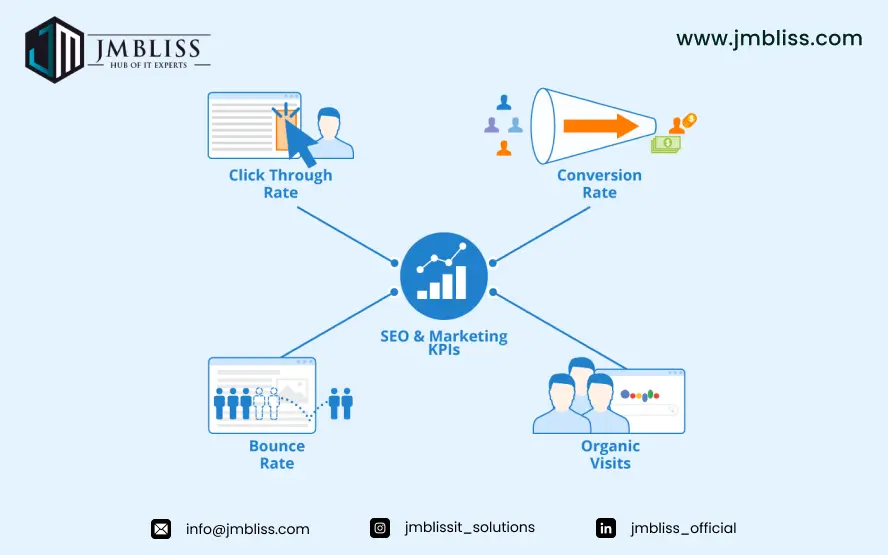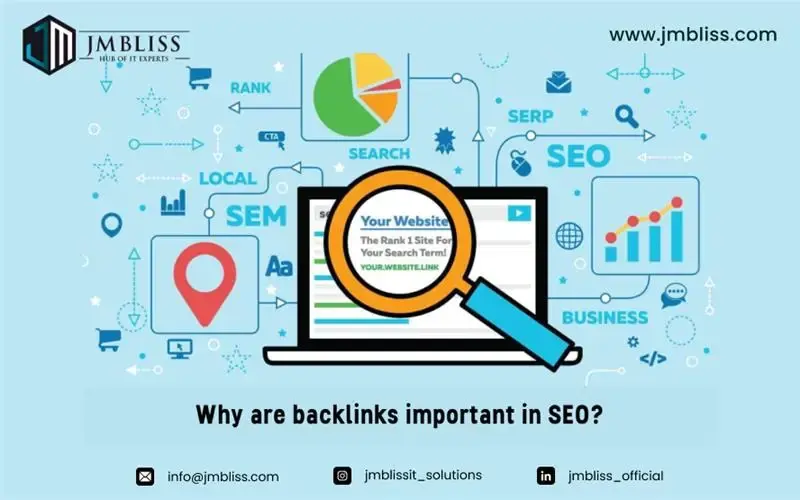
The digital age has profoundly shifted how audiences consume content. Smartphones, tablets, and other portable devices dominate daily lives, drastically transforming browsing habits. Global enterprises must adapt swiftly to such evolving user preferences to remain relevant and competitive. One strategic approach gaining traction worldwide is mobile-first website design.
This design strategy prioritizes creating websites primarily for mobile devices before scaling up to larger screens like desktops or laptops. With the surge in smartphone users, global brands can’t afford to overlook mobile-first methods. India, emerging as a technology hub, plays a pivotal role in offering premium mobile first website designing services in India to brands aiming for international recognition.
This blog delves deep into the significance of mobile-first website design, particularly for global brands. It also highlights the benefits, types, and answers common questions, offering a comprehensive guide for businesses.
Enhanced User Experience
User experience remains a critical factor driving website success. Mobile-first design ensures users accessing your site via smartphones or tablets encounter intuitive interfaces tailored to smaller screens. Unlike traditional desktop-first designs, this approach streamlines navigation, reduces clutter, and highlights essential content.
Mobile-first sites incorporate larger buttons, concise menus, and touch-friendly elements, enhancing usability. Users appreciate faster page loads, simplified interactions, and well-organized layouts optimized for handheld devices. Brands leveraging this design approach witness improved engagement metrics, including longer session durations and reduced bounce rates.
Additionally, simplified interfaces mean faster decision-making for users. Whether they’re shopping, exploring services, or gathering information, visitors enjoy seamless interactions. Brands with robust mobile-first experiences cultivate trust, loyalty, and lasting impressions among their audience worldwide.
Improved Search Engine Ranking
Search engines, particularly Google, prioritize mobile-friendly websites in their ranking algorithms. The advent of mobile-first indexing means search bots now predominantly crawl mobile versions of sites. Failing to optimize your platform for mobile devices can significantly lower your visibility in search results.
Global brands adopting mobile-first strategies gain a competitive advantage in organic rankings. These sites exhibit faster loading speeds, lower bounce rates, and superior usability—all crucial ranking factors. Mobile-optimized sites tend to rank higher for local and international searches, driving more qualified traffic.
Furthermore, structured data and optimized media elements enhance search visibility. Global companies can tap into broader audiences by ensuring their platforms meet mobile-first indexing criteria. This boosts overall digital presence, strengthens brand authority, and facilitates higher conversions through organic channels.
Greater Conversion Rates
Every business strives to convert visitors into loyal customers. Mobile-first design plays a pivotal role in improving conversion rates. Optimized mobile layouts reduce friction during the purchasing journey, making transactions more straightforward.
Call-to-action buttons are prominently displayed for easy accessibility. Payment gateways, forms, and checkout processes are simplified for faster execution. Reduced steps and clear visual hierarchies guide users toward desired actions, whether it’s subscribing to a newsletter, downloading a resource, or completing a purchase.
Statistics show mobile-friendly websites enjoy superior conversion performance compared to desktop-only platforms. By eliminating unnecessary elements and focusing on functionality, brands foster smoother customer journeys that translate into tangible business outcomes.
Faster Website Loading Speed
Website speed profoundly influences both user satisfaction and search performance. Mobile-first design inherently promotes faster load times by emphasizing minimalistic structures and lightweight coding techniques.
Brands adopting this approach employ streamlined frameworks, optimized images, and compressed media files to ensure quick rendering on mobile devices. Such optimization minimizes HTTP requests, reduces server strain, and accelerates page delivery.
Research highlights that even a slight delay in load time can lead to substantial drops in user retention. Mobile-first platforms significantly reduce latency, ensuring users access content instantly without frustrating wait times.
Faster sites not only improve user experience but also reduce operational costs associated with bandwidth consumption. They further align with Google’s Core Web Vitals metrics, enhancing both performance scores and SEO rankings.
Seamless Cross-Device Compatibility
A core advantage of mobile-first websites lies in their versatility across different devices. Designing from a mobile-first perspective ensures a strong foundation for scalability. Once the mobile version is perfected, it becomes easier to adapt the layout for tablets, desktops, and larger screens.
This responsive design approach provides consistency in user experience, irrespective of the device. Whether customers browse using smartphones, laptops, or smart TVs, they encounter uniform interfaces, preserving brand identity and navigational logic.
Global businesses benefit from this adaptability, ensuring their digital assets cater to varied technological ecosystems across regions. Seamless cross-device compatibility also reduces development efforts, resulting in faster rollouts and lower maintenance costs.
Cost-Efficient Development and Maintenance
Mobile-first development often proves more economical in the long term. By focusing initially on smaller, streamlined designs, businesses can cut down on unnecessary features during early stages.
Developers concentrate on essential functionalities, reducing coding time and complexity. This focused approach leads to fewer bugs and quicker deployment cycles. Once the core mobile framework is in place, scaling up to desktop versions becomes more straightforward and economical.
Additionally, mobile-first websites often require fewer updates and revisions, as their core structure remains clean and efficient. Brands investing in mobile-first strategies avoid costly overhauls down the line, optimizing long-term maintenance expenses.
Outsourcing mobile-first website designing services in India can further maximize cost efficiency, thanks to competitive pricing structures paired with high-quality expertise in UX/UI design.
Supports Emerging Technologies
Adopting a mobile-first strategy positions brands to leverage emerging technologies like Progressive Web Apps (PWAs), Accelerated Mobile Pages (AMP), and voice search optimization.
Mobile-first websites are inherently better suited to integrate these advancements. Features such as offline functionality, push notifications, and enhanced caching systems are seamlessly incorporated into mobile-first architectures.
In regions where internet connectivity fluctuates, mobile-first designs powered by technologies like PWAs ensure uninterrupted access to content and services. This strengthens customer retention, particularly in developing markets with growing smartphone usage.
Voice search, another rapidly growing trend, is best supported through mobile-friendly designs that prioritize clear information structure and fast response times. Brands embracing these innovations remain future-ready, sustaining their competitive edge in evolving digital landscapes.
Benefits of Mobile-First Website Designing
- Enhanced Accessibility: Reaches wider, mobile-dependent audiences.
- Improved User Engagement: Drives higher retention with intuitive interfaces.
- Higher SEO Rankings: Aligns with Google’s mobile-first indexing standards.
- Faster Load Time: Optimized for speed, reducing bounce rates.
- Increased Conversions: Streamlined design simplifies decision-making processes.
- Lower Development Costs: Focused design reduces overheads and complexity.
- Future Scalability: Easily adaptable for emerging devices and technologies.
Types of Mobile-First Website Designs
- Responsive Design: Adjusts dynamically across varying screen sizes, preserving usability and aesthetics.
- Adaptive Design: Offers tailored layouts for specific devices, enhancing personalized experiences.
- Progressive Enhancement: Builds basic versions first, then adds advanced features for more capable devices.
- Single Page Applications (SPAs): Prioritize speed and simplicity by loading all content on one page.
- Progressive Web Apps (PWAs): Combine native app functionality with the accessibility of web pages.
Conclusion
Mobile-first website design isn’t just a passing trend—it’s an essential strategy for global brands seeking to thrive in an increasingly mobile-centric world. From improving search visibility and boosting conversion rates to facilitating faster load times and lowering costs, the advantages of mobile-first approaches are undeniable.
By prioritizing mobile users, businesses not only improve their online presence but also future-proof their digital platforms against emerging technologies.
Collaborating with leading mobile first website designing services in India allows global brands to efficiently adopt these strategies and tap into the growing digital marketplace.
FAQs
What is Mobile-First Website Design?
Mobile-first website design refers to designing websites for mobile devices before scaling up for larger screens like desktops.
Why Should Brands Consider Mobile-First Design?
It improves user experience, enhances search rankings, accelerates load speed, and boosts conversions across devices.
How Does Mobile-First Design Impact SEO?
It aligns with Google’s mobile-first indexing, helping sites rank higher on search engines, especially for mobile queries.
Is Mobile-First Design Suitable for All Business Types?
Yes, from e-commerce to corporate sites, mobile-first design ensures accessibility, performance, and scalability for every business.
Why Choose Indian Mobile-First Website Designing Services?
India offers high-quality services at competitive prices, backed by advanced technical expertise and strong UX/UI design capabilities.
 Get A Quote
Get A Quote




